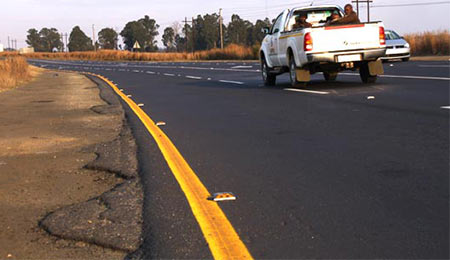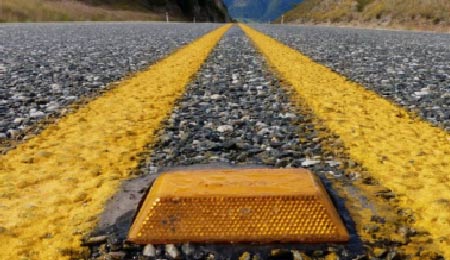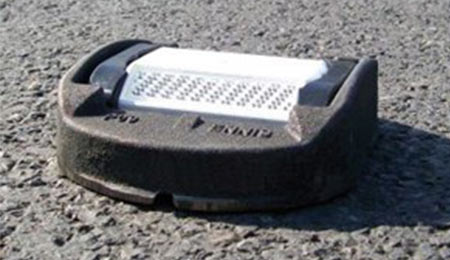To help drivers see the direction of the road during the day and night, raised pavement markers, road studs (also known as cat eyes or reflective road studs) are usually installed on the left and right sides of the road.
Why do we use cat eyes on the road?
Cat eyes are also known as road studs or reflective raised pavement markers (RRPM). There are several types of cat eyes on New Zealand roads, and they have three functions.

Visual lane markings - white in the middle and red on the left edge indicate that road users can follow these markings to stay in the lane. Use yellow where there is no yellow overtaking line to add visual effects to the rules.
Tactile lane marking - if you're driving on a road stud, you can sense it through the vehicle's suspension and steering, so it's a tactile reminder that you're veering off the road.
Special function marking - hydrants are marked with blue raised pavement markers and in some areas culverts and drains are marked with green road studs.

Cats eyes on road have several different colors.

On unilluminated country roads, cat's eyes are arranged in groups of four, one meter apart and 10 meters between each group. Only one of the four road studs is reflective.
In the case of no overtaking lines, the reflective road stud are separated by 20m from each other.
When overtaking is allowed, red cat eyes are marked on the left edge of the lane and white cat eyes are marked on the centerline.